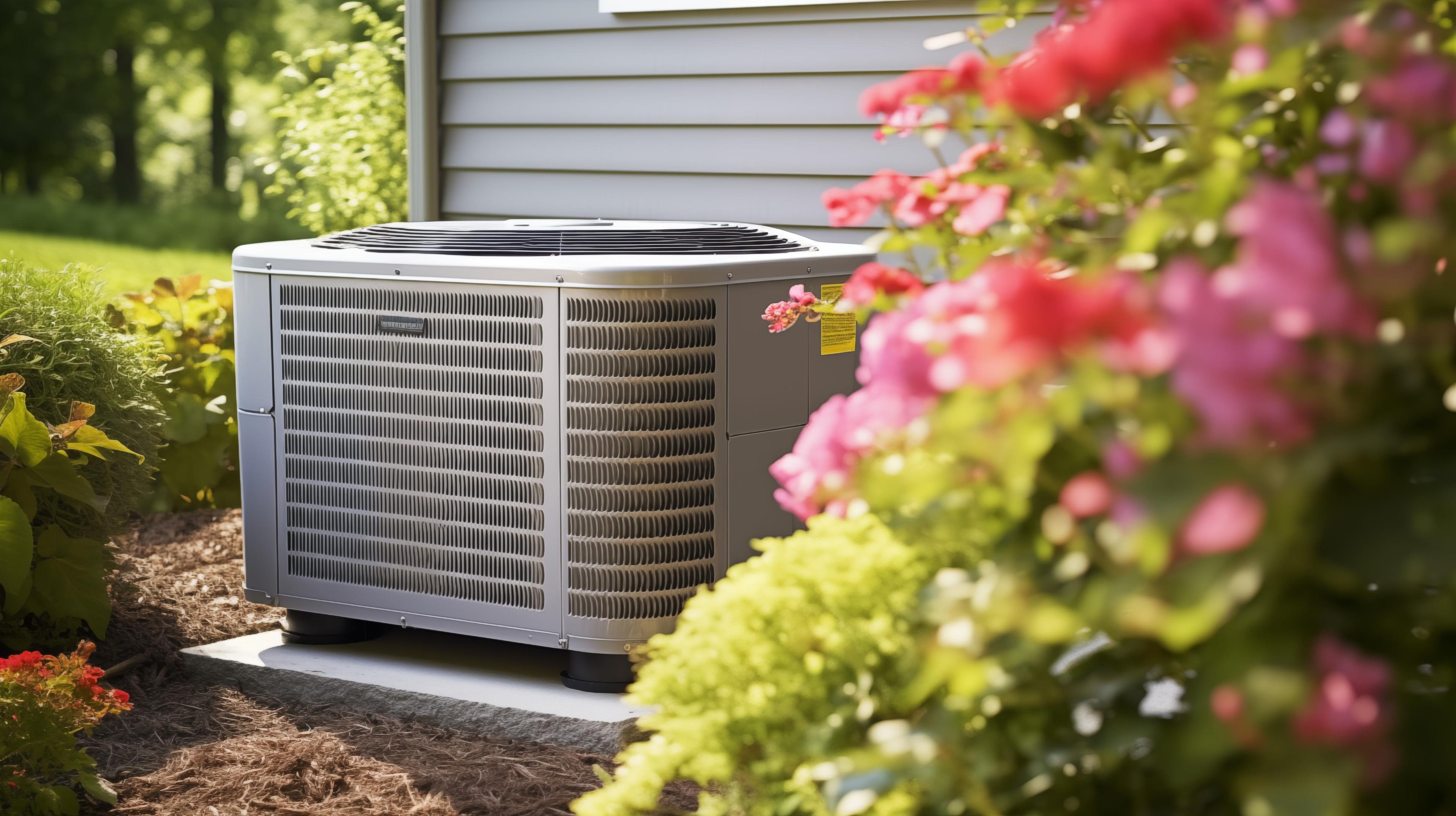What is a SEER rating?

Why Cooling Systems with High SEER Ratings Aren’t Worth the Investment
A SEER rating measures how efficient a cooling system is on a seasonal basis. Although many HVAC manufacturers portray higher-rated SEER air conditioners as leading to more long-term savings, HVAC.com’s research discovered that cooling systems with high SEER ratings only result in slightly lower monthly energy savings and are not typically worth the additional upfront cost.
Continue reading as HVAC.com discusses what a SEER rating is and sheds light on why opting for a system with a lower SEER rating often makes more financial sense.

What Does a SEER Rating Mean?
SEER stands for Seasonal Energy Efficiency Ratio. A SEER rating measures how efficient a cooling system is by evaluating its cooling output in relation to the electricity it consumes over a specific period, typically a season. Depending on the brand, SEER ratings typically range from 14 to 22.
The U.S. Department of Energy and the Air Conditioning, Heating, & Refrigeration Institute created the SEER measurement in 1992. The industry group includes more than 300 air conditioner manufacturers across North America.
Minimum SEER Ratings
The Department of Energy sets the minimum SEER ratings.

Is a High SEER Rating Worth It?
Higher-SEER-rated air conditioners are rarely worth the extra upfront cost in terms of long-term savings. While you may save a few dollars a month on energy costs, these systems often come with considerably higher upfront expenses.
For example, the average cost of a 3-ton, 15-SEER AC is $5,750, while a 3-ton, 20-SEER system costs about $8,300. With the 20-SEER unit, you will only save $11 a month on electricity costs, meaning it would take more than 19 years to break even. Given that air conditioners typically last 15-20 years, opting for a lower-SEER cooling system will result in greater cost savings over the lifespan of the unit.
It’s also important to note that repairs and parts are more expensive with higher-SEER air conditioners, which are more prone to breaking down. Replacement parts for high-SEER cooling systems are 10-20% higher than standard SEER systems. Additionally, you may need to invest in new ductwork to ensure your air conditioner operates at its peak efficiency level, potentially adding thousands of dollars to the overall project cost.
The Bottom Line on SEER Ratings
Although you may have heard that high-rated SEER air conditioners will save you a significant amount of money in the long run, that isn’t the case. A cooling system with a SEER rating of 14 or 15 provides energy-efficient cooling for years to come. While your monthly energy bills might be slightly higher, you’ll avoid spending thousands of extra dollars on a more efficient system, along with the increased costs of repairs and replacement parts.